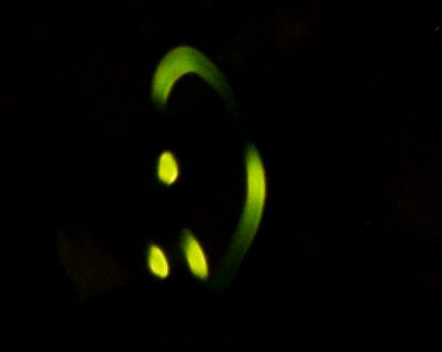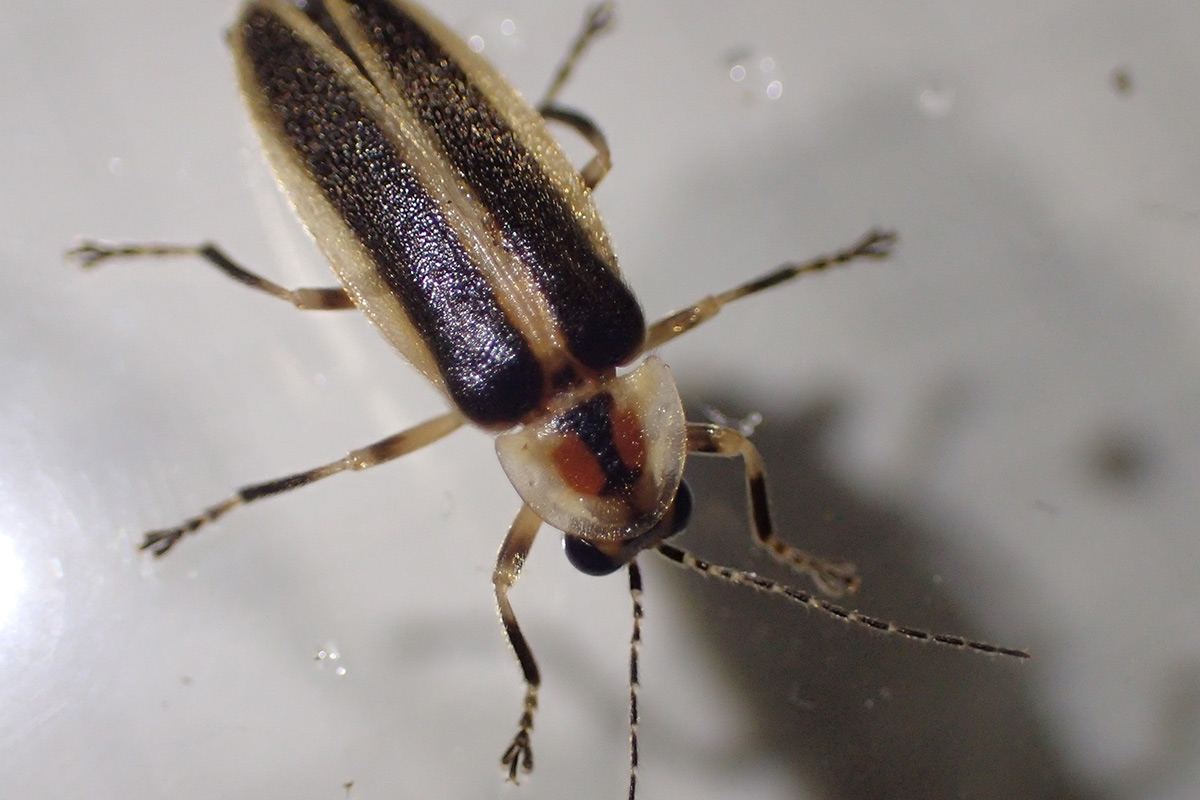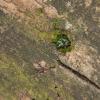The Xerces Society has submitted a petition for the listing of the loopy five firefly (Photuris forresti) under the federal Endangered Species Act
The loopy five is a rare firefly currently known from fewer than ten wetland sites in middle elevations of Tennessee, South Carolina, and Georgia. This firefly first caught the eye of renowned firefly scientist Dr. James Lloyd in 1986, but was not formally described by him until 2018. By this point, the wetland where it was first found had been bulldozed and replaced by a golf course. Other wetlands like it in the region have been drowned under reservoirs, altered by invasive plants, illuminated by artificial light at night, degraded by urbanization, and contaminated by pesticides. The loopy five firefly was assessed as Endangered by the IUCN Red List of Threatened Species, a non-regulatory designation distinct from the Federal ESA.

Loopy five fireflies are named for their erratic, multi-pulsed flash pattern that consists of a series of four to seven flashes over about three seconds while flying up and down. They emerge as adults in May and June and perform their courtship displays over marshy wetlands after darkness has fallen. Most of their lives are spent as larvae, feeding on snails and other soft-bodied invertebrates.

The loopy five firefly is threatened by habitat loss, degradation and fragmentation, as well as exposure to pesticides, light pollution, climate change, and invasive species. While it has been found on some state and county conservation lands, there are no species-specific measures being taken to protect it. ESA listing and designation of critical habitat will protect the loopy five firefly from extinction.

More Information
- Read the ESA petition
- View Photuris forresti species profile
- Learn more about this species and other at-risk fireflies in the State of the Fireflies of the US and Canada
- More information is needed about the distribution, phenology, and life history of this species. If you would like to learn more and join research efforts to better understand this and other fireflies, please check out the Firefly Atlas
- Learn how species become protected under the Endangered Species Act from NOAA Fisheries




